Blog
The emission nebula NGC 6188, home to the glowing clouds, is found about 4,000 light years away near the edge of a large molecular cloud unseen at visible wavelengths, in the southern constellation Ara (the Altar). Massive, young stars of the embedded Ara OB1 association were formed in that region only a few million years ago, sculpting the dark shapes and powering the nebular glow with stellar winds and intense ultraviolet radiation. The recent star formation itself was likely triggered by winds and supernova explosions, from previous generations of massive stars, that swept up and compressed the molecular gas. Joining NGC 6188 on this cosmic canvas, visible toward the lower right, is rare emission nebula NGC 6164, also created by one of the region’s massive O-type stars. Similar in appearance to many planetary nebulae, NGC 6164’s striking, symmetric gaseous shroud and faint halo surround its bright central star near the bottom edge. This impressively wide field of view spans over 2 degrees (four full Moons), corresponding to over 150 light years at the estimated distance of NGC 6188.
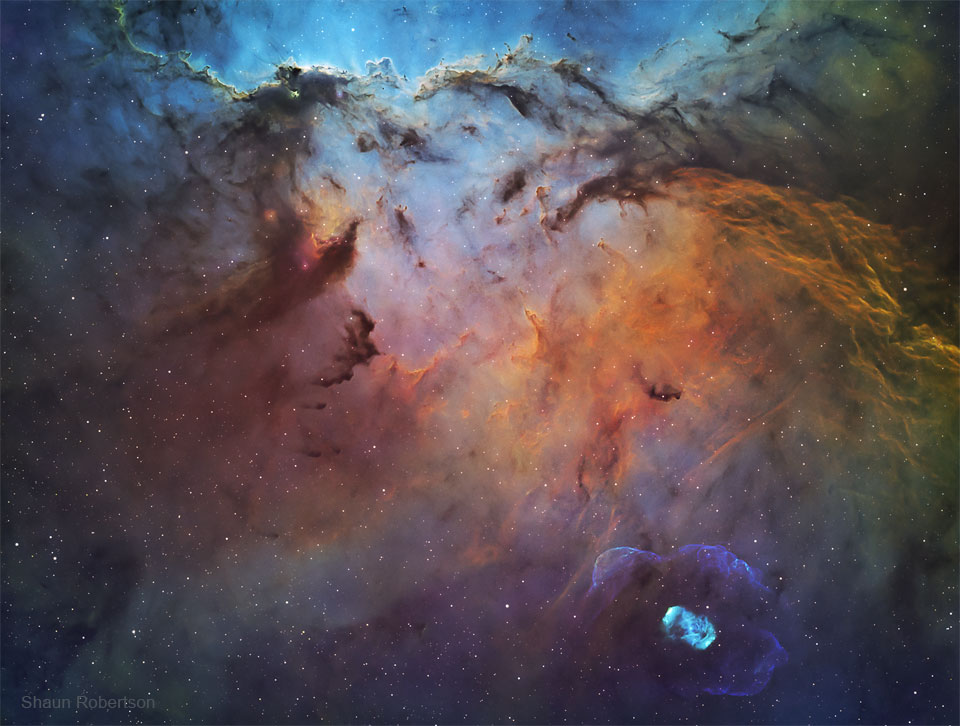
Jonathan Paul Clegg, OBE, OIS (7 June 1953 – 16 July 2019) was a South African musician, singer-songwriter, dancer, anthropologist and anti-apartheid activist, some of whose work was in musicology focused on the music of indigenous South African peoples. His band Juluka began as a duo with Sipho Mchunu, and was the first group in the South African apartheid-era with a white man and a black man. The pair performed and recorded, later with an expanded lineup.
In 1986 Clegg founded the band Savuka, and also recorded as a solo act, occasionally reuniting with his earlier band partners. Sometimes called Le Zoulou Blanc (French: [lə zulu blɑ̃], for “The White Zulu“), he was an important figure in South African popular music and a prominent white figure in the resistance to apartheid, becoming for a period the subject of investigation by the security branch of the South African Police. His songs mixed English with Zulu lyrics, and also combined idioms of traditional African music with those of modern Western styles.
more...Harold Floyd “Tina” Brooks (June 7, 1932 – August 13, 1974) was an American jazz tenor saxophonist and composer best remembered for his work in the hard bop style.
Harold Floyd Brooks was born in Fayetteville, North Carolina, and was the brother of David “Bubba” Brooks. The nickname “Tina”, pronounced Teena, was a variation of “Teeny”, a childhood moniker. His favourite tune was “My Devotion”. He studied harmony and theory with Herbert Bourne.
Initially, he studied the C-melody saxophone, which he began playing shortly after he moved to New York with his family in 1944. Brooks’ first professional work came in 1951 with rhythm and blues pianist Sonny Thompson, and in 1955 Brooks played with vibraphonist Lionel Hampton.Brooks also received less formal guidance from trumpeter and composer “Little” Benny Harris, who led the saxophonist to his first recording as a leader. Harris recommended Brooks to Blue Note producer Alfred Lion in 1958. Brooks did not record after 1961. Plagued by heroin dependency, and gradually deteriorating health, he died of liver failure aged 42.
more...Talmage Holt Farlow (June 7, 1921 – July 25, 1998) was an American jazz guitarist. He was nicknamed “Octopus” because of how his large, quick hands spread over the fretboard. As Steve Rochinski notes, “Of all the guitarists to emerge in the first generation after Charlie Christian, Tal Farlow, more than any other, has been able to move beyond the rhythmic, melodic, and harmonic vocabulary associated with the early electric guitar master. Tal’s incredible speed, long, weaving lines, rhythmic excitement, highly developed harmonic sense, and enormous reach (both physical and musical) have enabled him to create a style that clearly stands apart from the rest.” Where guitarists of his day combined rhythmic chords with linear melodies, Farlow placed single notes together in clusters, varying between harmonically enriched tones. As music critic Stuart Nicholson put it, “In terms of guitar prowess, it was the equivalent of Roger Bannister breaking the four-minute mile.” Talmage Holt Farlow was born in Greensboro, North Carolina, United States. He taught himself how to play guitar, which he started when he was 22 years old. He learned chord melodies by playing a mandolin tuned like a ukulele. He said playing the ukulele was the reason he used the higher four strings on the guitar for the melody and chord structure, with the two bottom strings for bass counterpoint, which he played with his thumb. His only professional training was as an apprentice sign painter. He requested the night shift so he could listen to big band standards on the shop radio. He listened to Bix Beiderbecke, Louis Armstrong, and Eddie Lang. His career was influenced by hearing Charlie Christian playing electric guitar with the Benny Goodman band. He said he made his own electric guitar because he could not afford to purchase one.
more...Will our Milky Way Galaxy collide one day with its larger neighbor, the Andromeda Galaxy? Most likely, yes. Careful plotting of slight displacements of M31’s stars relative to background galaxies on recent Hubble Space Telescope images indicate that the center of M31 could be on a direct collision course with the center of our home galaxy. Still, the errors in sideways velocity appear sufficiently large to admit a good chance that the central parts of the two galaxies will miss, slightly, but will become close enough for their outer halos to become gravitationally entangled. Once that happens, the two galaxies will become bound, dance around, and eventually merge to become one large elliptical galaxy — over the next few billion years. Pictured here is a combination of images depicting the sky of a world (Earth?) in the distant future when the outer parts of each galaxy begin to collide. The exact future of our Milky Way and the entire surrounding Local Group of Galaxies is likely to remain an active topic of research for years to come.
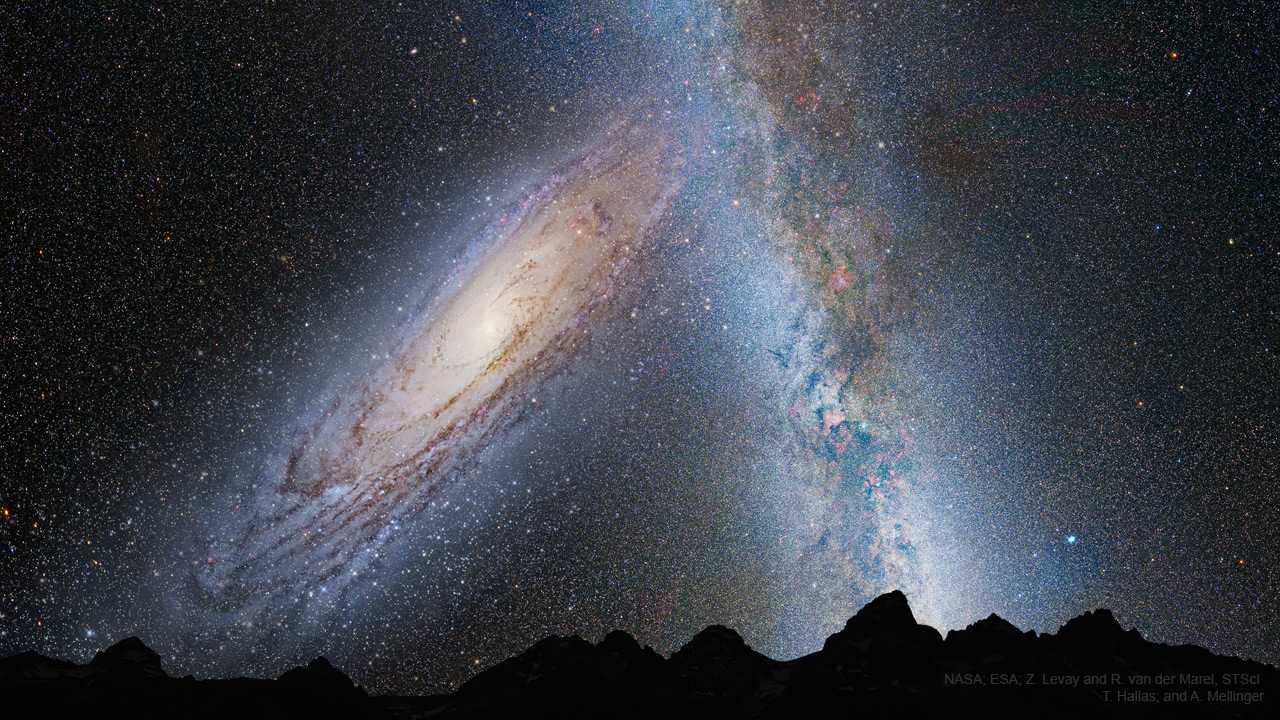
Steven Siro Vai (/vaɪ/; born June 6, 1960 Clare Place, NY) is an American guitarist, composer, songwriter, and producer. A three-time Grammy Award winner and fifteen-time nominee, Vai started his music career in 1978 at the age of eighteen as a transcriptionist for Frank Zappa, and played in Zappa’s band from 1980 to 1983. He embarked on a solo career in 1983 and has released eight solo albums to date. He has recorded and toured with Alcatrazz, David Lee Roth, and Whitesnake, as well as recording with artists such as Public Image Ltd, Mary J. Blige, Spinal Tap, and Alice Cooper. Additionally, Vai has toured with live-only acts G3, Zappa Plays Zappa, and the Experience Hendrix tour, as well as headlining international tours.
Vai has been described as a “highly individualistic player” and part of a generation of “heavy rock and metal virtuosi who came to the fore in the 1980s”.[5] He released his first solo album Flex-Able in 1984, while his most successful release, Passion and Warfare (1990), was described as “the richest and best hard rock guitar-virtuoso album of the ’80s”.[6] He was voted the “10th Greatest Guitarist” by Guitar World magazine, and has sold over 15 million records.
more...Montgomery Bernard “Monty” Alexander (born 6 June 1944) is a Jamaican jazz pianist. His playing has a Caribbean influence and bright swinging feeling, with a strong vocabulary of bebop jazz and blues rooted melodies. He was influenced by Louis Armstrong, Duke Ellington, Nat King Cole, Oscar Peterson, and Frank Sinatra. Alexander also sings and plays the melodica. He is known for his surprising musical twists, bright rhythmic sense, and intense dramatic musical climaxes. Monty’s recording career has covered many of the well known American songbook standards, jazz standards, pop hits, and Jamaican songs from his original homeland. Alexander has resided in New York City for many years and performs frequently throughout the world at jazz festivals and clubs.
Alexander was born on 6 June 1944 in Kingston, Jamaica. He discovered the piano when he was four years old and seemed to have a knack for picking melodies out by ear. His mother sent him to classical music lessons at the age of six and he became interested in jazz piano at the age of 14. He began playing in clubs, and on recording sessions by Clue J & His Blues Blasters, subbing for Aubrey Adams, whom he describes as his hero, when he was unable to play. Two years later, he directed a dance orchestra (Monty and the Cyclones) and played in the local clubs covering much of the 1960s early rock and pop dance hits. Performances at the Carib Theater in Jamaica by Louis Armstrong and Nat King Cole left a strong impression on the young pianist.
more...Grant Green (June 6, 1935 – January 31, 1979) was an American jazz guitarist and composer.
Recording prolifically for Blue Note Records as both leader and sideman, Green performed in the hard bop, soul jazz, bebop, and Latin-tinged idioms throughout his career. Critics Michael Erlewine and Ron Wynn write, “A severely underrated player during his lifetime, Grant Green is one of the great unsung heroes of jazz guitar … Green’s playing is immediately recognizable – perhaps more than any other guitarist.” Critic Dave Hunter described his sound as “lithe, loose, slightly bluesy and righteously groovy”. He often performed in an organ trio, a small group featuring a Hammond organ and drummer.
Apart from fellow guitarist Charlie Christian, Green’s primary influences were saxophonists, particularly Charlie Parker, and his approach was therefore almost exclusively linear rather than chordal. He thus rarely played rhythm guitar except as a sideman on albums led by other musicians. The simplicity and immediacy of Green’s playing, which tended to avoid chromaticism, derived from his early work playing rhythm and blues and, although he achieved a synthesis of this style with bop, he was a highly skilled blues and funk guitarist and returned to this style in his later career.
Grant Green was born on June 6, 1935 in St. Louis, Missouri to John and Martha Green. His father was at various times a laborer and a Saint Louis policeman.
Green began studying guitar while he was in primary school. He received some early instruction in guitar playing from his father, who played blues and folk music. He studied for a year with Forrest Alcorn. But he was mostly self-taught, learning from listening to records.
He first performed in a professional setting at the age of 13 as a member of a gospel music ensemble. His influences were Charlie Christian, Charlie Parker, Lester Young, and Jimmy Raney. He first played boogie-woogie before moving on to jazz. His first recordings in St. Louis were with tenor saxophonist Jimmy Forrest for the United label, where Green played alongside drummer Elvin Jones. Green recorded with Jones for several albums in the mid-1960s. In 1959, Lou Donaldson discovered Green playing in a bar in St. Louis and hired him for his touring band. Green moved to New York at some point during 1959–60.
more...Sunday June 5th 2022. 20 years since the death of Diego. Memorial site at 3932 Cedar Ave S Minneapolis today. https://diego-labriola.virtual-memorials.com
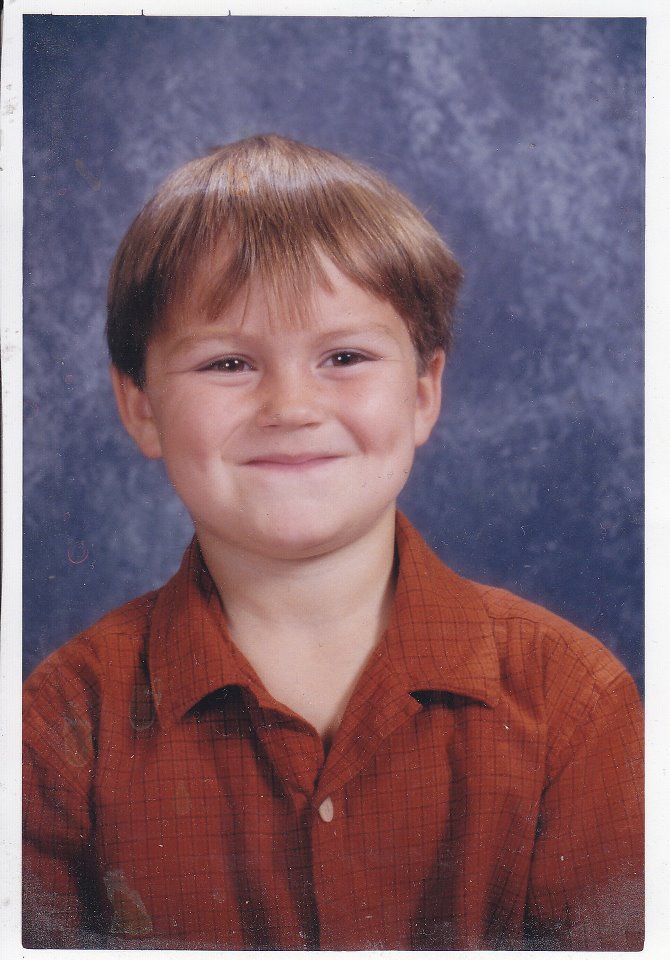
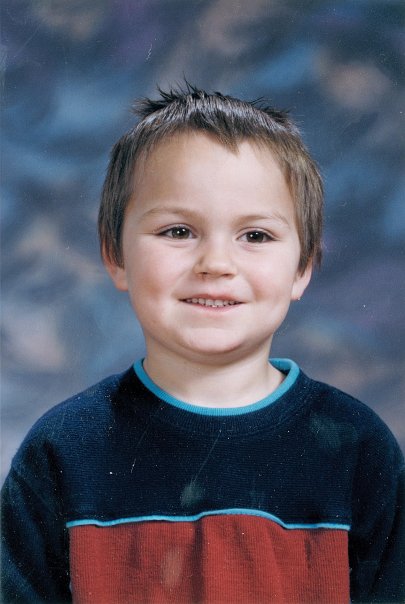

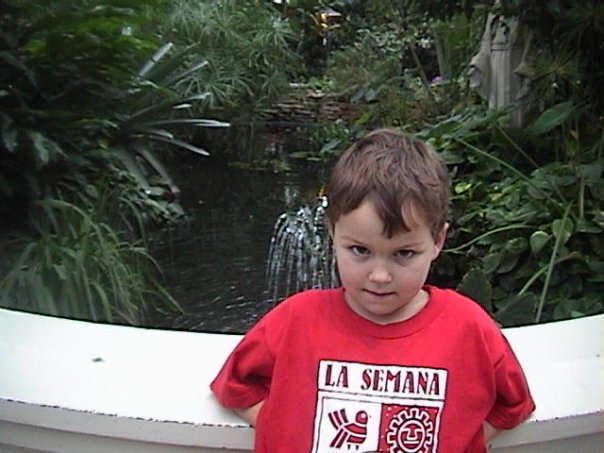

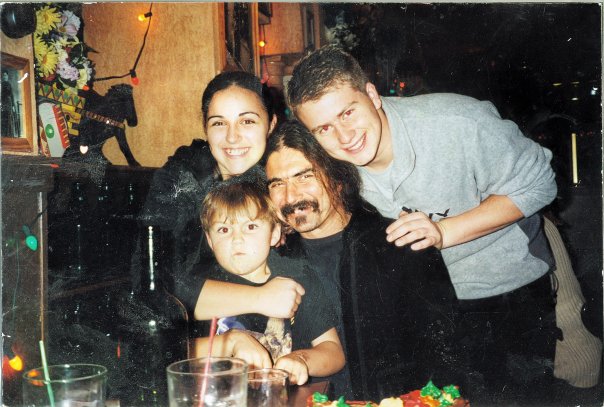
more...
The Carina Nebula or Eta Carinae Nebula (catalogued as NGC 3372; also known as the Great Carina Nebula) is a large, complex area of bright and dark nebulosity in the constellation Carina, and it is located in the Carina–Sagittarius Arm. The nebula is approximately 8,500 light-years (2,600 pc) from Earth.
The nebula has within its boundaries the large Carina OB1 association and several related open clusters, including numerous O-type stars and several Wolf–Rayet stars. Carina OB1 encompasses the star clusters Trumpler 14 and Trumpler 16. Trumpler 14 is one of the youngest known star clusters at half a million years old. Trumpler 16 is the home of WR 25, currently the most luminous star known in our Milky Way galaxy, together with the less luminous but more massive and famous Eta Carinae star system and the O2 supergiant HD 93129A. Trumpler 15, Collinder 228, Collinder 232, NGC 3324, and NGC 3293 are also considered members of the association. NGC 3293 is the oldest and furthest from Trumpler 14, indicating sequential and ongoing star formation.
The nebula is one of the largest diffuse nebulae in our skies. Although it is four times as large as and even brighter than the famous Orion Nebula, the Carina Nebula is much less well known due to its location in the southern sky. It was discovered by Nicolas-Louis de Lacaille in 1752 from the Cape of Good Hope.
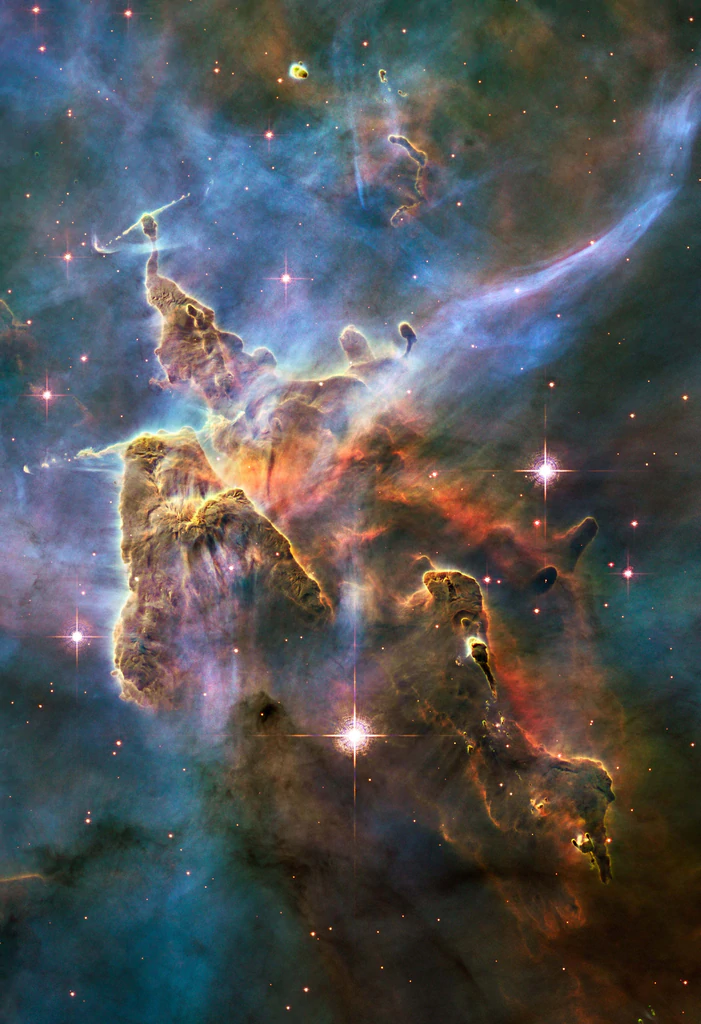
Laura Phillips Anderson (born June 5, 1947), known as Laurie Anderson, is an American avant-garde artist, composer, musician, and film director whose work spans performance art, pop music, and multimedia projects. Initially trained in violin and sculpting, Anderson pursued a variety of performance art projects in New York during the 1970s, focusing particularly on language, technology, and visual imagery. She became more widely known outside the art world when her single “O Superman” reached number two on the UK singles chart in 1981. She also starred in and directed the 1986 concert film Home of the Brave.
Anderson is a pioneer in electronic music and has invented several devices that she has used in her recordings and performance art shows. In 1977, she created a tape-bow violin that uses recorded magnetic tape on the bow instead of horsehair and a magnetic tape head in the bridge. In the late 1990s, she collaborated with Interval Research to develop an instrument she called a “talking stick,” a six-foot (1.8 m) long baton-like MIDI controller that can access and replicate sounds.
Anderson met singer-songwriter Lou Reed in 1992, and she was married to him from April 2008 until his death in 2013.
more...Peter Erskine (born June 5, 1954) is an American jazz drummer who was a member of the jazz fusion groups Weather Report and Steps Ahead.
Erskine was born in Somers Point, New Jersey, U.S. He began playing the drums at the age of four. He graduated from the Interlochen Arts Academy in Michigan, then studied percussion at Indiana University. His professional music career started in 1972 when he joined the Stan Kenton Orchestra. After three years with Kenton, he joined Maynard Ferguson for two years. In 1978, he joined Weather Report, joining Jaco Pastorius in the rhythm section. After four years and five albums with Weather Report and the Jaco Pastorius big band’s Word of Mouth, he joined Steps Ahead.
In 1983, he performed on the Antilles Records release Swingrass ’83. He toured the US in 1992 with Chick Corea.
Erskine splits his time as a musician and a professor at the Thornton School of Music at the University of Southern California.
He was featured on Kate Bush‘s 2005 album Aerial, where Erskine teamed with bass player Eberhard Weber. Diana Krall, Eliane Elias, Queen Latifah and Linda Ronstadt, as well as Scottish and Finnish classical orchestras, have had Erskine perform as a featured musician.
more...Jerry González (June 5, 1949 – October 1, 2018) was an American bandleader, trumpeter and percussionist of Puerto Rican descent. Together with his brother, bassist Andy González, he played an important role in the development of Latin jazz during the late 20th century. During the 1970s, both played alongside Eddie Palmieri and in Manny Oquendo‘s Conjunto Libre, and from 1980 to 2018 they directed The Fort Apache Band. From 2000 to 2018, Jerry González resided in Madrid, where he fronted Los Piratas del Flamenco and El Comando de la Clave. In October 2018, he died of a heart attack after a fire in his home in Madrid.
Jerry González was born in 1949 in Manhattan, on 158th Street and 3rd Avenue, and moved to the Edenwald Houses in the Eastchester section of the Bronx at the age of 4. He was raised in a strong musical atmosphere, with the strains of Latin, Afro-Cuban and jazz music always in his ear, establishing his musical appreciation and molding his future work as an artist. His father, Jerry González Sr., was a master of ceremonies and lead singer for bands during the Palladium era and sang with musicians like Claudio Ferrer. In junior high school he began playing trumpet and congas and jamming with local bands. After deciding this was his calling, González completed his formal studies at New York College of Music and New York University. He started his professional career playing with Lewellyn Mathews in the 1964 New York World’s Fair. In 1970 he started playing congas with Dizzy Gillespie. With Gillespie’s support and encouragement, González was able to fuse the African-based rhythms onto jazz elements without compromising the essence of either.
more...Performing for Patty Lacy with Victor Zupanc for Sauer Foundation Saturday June 4th 2022 6-7pm
more...More Posts
- Daily Roots with Joseph Cotton/ Atli Bandalero
- The Cosmos with SNR G82.2 + 5.3 W63
- Dave Holland Day
- Albert Collins Day
- World Music with the Awá
- Daily Roots with Luciano, Iba Mahr & Chezidek
- Daily Roots with Luciano, Iba Mahr & Chezidek
- The Cosmos with Trumpler 14
- Oscar Pettiford Day
- Buddy Rich Day
- World Music with Pen Cayetano
- Daily Roots with Shinobi Warrior & Echo Ranks
- The Cosmos with NGC 1313
- Jean-Luc Ponty Day
- Jerry Lee Lewis Day
- World Music with Djelimady Tounkara
- Daily Roots with Horace Martin
- Happy Birthday Mario!
- Shabbat for the Soul at Mt Zion Temple
- The Cosmos with NGC 157